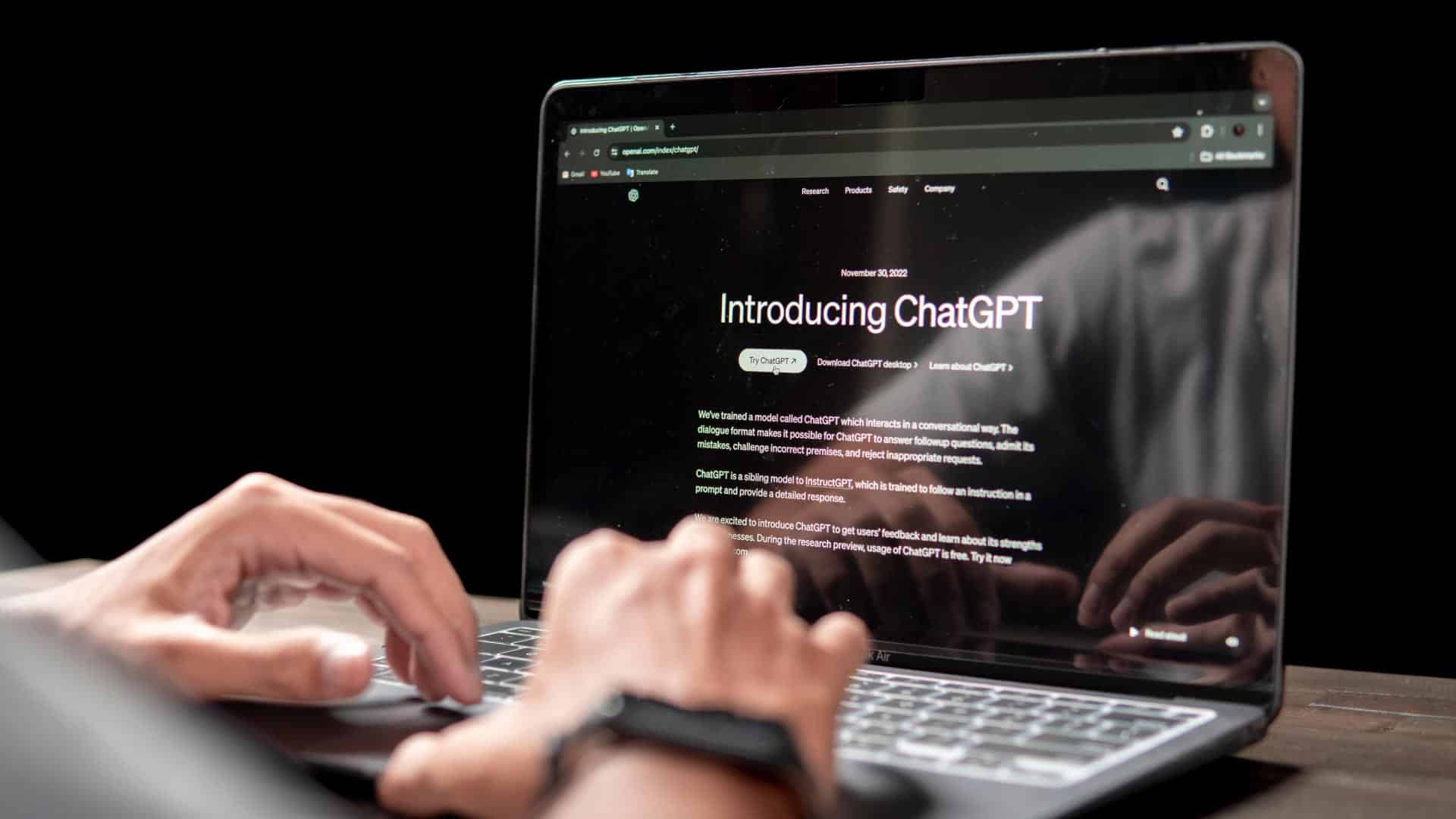This year at Mod Op, something interesting happened. Without much fanfare, we quietly introduced over 60 specialized AI teammates into our daily work. We call them Brand Agents – custom-built, brand-aware digital collaborators that help our teams do better work. No press releases, no grand proclamations about “revolutionizing” anything. Just steady progress toward making our clients unforgettable. Here’s the story.
What’s a Brand Agent, anyway?
Picture this: an AI assistant that knows everything about your brand – the guidelines, the history, the competitive landscape, all of it. Not just surface-level stuff, but the deep context that usually takes years to absorb. Unlike generic AI tools that know a little about everything, each Brand Agent is purpose-built for a specific client, steeped in their voice, visual identity, and strategic goals.
It’s like having a brand strategist, creative director, and data analyst rolled into one digital teammate – one that never sleeps, never gets tired of double-checking details, and can process mountains of information in seconds. And because security matters, each Brand Agent lives in our secure environment. No client data wandering off into public AI training sets.
Brand Agents learn and evolve alongside the brands they serve. As campaigns roll out, markets shift, and strategies pivot, BAs adapt, keeping their knowledge fresh and relevant. And unlike static brand guidelines that quickly become outdated, Brand Agents can be continuously updated with the latest campaign results, consumer feedback, and market research – ensuring everyone in the organization is working with the most current brand intelligence.
To be clear: Brand Agents aren’t here to replace human creativity or strategic thinking. They’re here to amplify it. By handling the heavy lifting of information retrieval, pattern recognition, and initial content generation, they free our teams to focus on what humans do best: the creative leaps and strategic insights that make brands unforgettable.
Context is Everything
We do a lot of exploring of new AI apps as part of our commitment to understanding and innovating agency work. And here’s one thing we’ve noticed: AI tools, backed by well-curated contextual information, are becoming a genuinely new way of getting good work done. And in advertising, when an AI really understands a brand’s history, voice, and goals, it transforms from a generic chatbot into something much more interesting – a specialized collaborator that can actually help create brand-aligned work.
This is an insight that grew out of Mod Op’s AI Playground. Through that initiative, we’ve been experimenting with tools like Google’s NotebookLM and Cursor (which, fun fact, is the fastest growing SaaS application ever). Through that experimentation, we saw an opportunity: what if we could collect all our brand knowledge and let our teams access it through simple chat? It could democratize brand expertise across our entire organization in ways that weren’t possible before.
And working this way wouldn’t just boost efficiency – it could elevate quality across the board. A junior copywriter could tap into brand understanding that used to take years to develop. A strategist could quickly explore multiple approaches grounded in the brand’s established positioning and pre-test it with a simulated focus group based on real audience data. A creative director can iterate rapidly while staying perfectly aligned with brand guidelines.
But doing this at an agency scale? That’s trickier. We needed something that could handle dozens of brand identities, provide secure access to team members with differing degrees of access – and fit seamlessly into our existing workflow.
So, we built it.
The Challenge
Here’s the thing about enterprise AI adoption: the biggest hurdle isn’t the technology itself, or even getting the data organized – it’s security. When we talked to our clients about AI, this came up again and again. And they’re right to worry.
Take the popular AI tools like ChatGPT and Claude. They operate on a simple deal: you feed them data, they use it to get smarter. Every conversation, every bit of proprietary information potentially becomes part of their training set. For agencies handling sensitive client information – unreleased products, marketing strategies, competitive analyses – that’s a non-starter.
Then there’s the hallucination problem. When an AI confidently presents fiction as fact, it’s more than just annoying – it’s dangerous. One wrong detail in a client presentation, one misquoted statistic, and you’ve got a mess on your hands. Generic AI tools, for all their capabilities, just don’t have the specialized knowledge to reliably support good agency work.
We needed something better: AI assistance without the security nightmares and reliability issues. We looked around, but couldn’t find it, so we built it ourselves. Enter Brand Agents.
Starting Fresh
Talk about “democratizing” access to information has become one of those empty tech buzzwords. But here’s where Brand Agent actually makes good on that promise: it fundamentally changes how knowledge flows through our agency, from day one of any client relationship. After all, when is solid intel on a new client brand more valuable than when we’re all getting to know each other?
Before we have our first presentation, we create a Brand Agent. We feed it a mix of publicly sourced research and agency insights, giving it a deep understanding of the client’s brand and a bit of our own POV. By the time we get together to brief the team, they can explore the client’s industry, competitors, and audience through natural conversation, getting answers that would normally require weeks of research or months of experience.
The result? First client meetings that feel like fifth meetings – focused on solutions rather than basic fact-finding. Skip the awkward getting-to-know-you phase and dive straight into the good stuff. And it just compounds from there.
AI Collaboration That Actually Works
In agency life, “I need more time to think” is generally met with “there isn’t any.” Now, there’s hope. Brand Agents can create breathing room that agency teams desperately need.
When a designer hits a wall, Brand Agent can suggest new directions based on brand history and audience insights. When a copywriter needs that perfect phrase, it can offer variations that keep the brand voice while exploring new territory. When an account manager gets that urgent client email at 5 PM, they can pull together a document in minutes instead of hours.
But here’s where it gets really interesting: Brand Agents break down traditional agency silos – the invisible walls between strategy, creative, media, tech, and account teams. Instead of islands of expertise connected by bridges of miscommunication, we have a central source of brand knowledge everyone can tap into. Junior team members don’t have to wait years to develop sophisticated strategic perspectives. Creative teams can explore consumer behaviors without waiting for formal research or needing to reach out to the media team for performance insights. Account managers can answer client questions that once required a round of internal emails. This isn’t just efficiency, it’s empowerment.
AI that Actually Delivers Value
Brand Agent represents something new in client-agency partnerships: AI that actually delivers value. By handling time-consuming research, tactical exploration and initial content development, we can focus more human energy on the creative and strategic work that will only matter more in 2025 and beyond. By aligning behind brand priorities and strategic objectives in everything we do, we deliver more value. In other words, we’re combining human creativity with technology to create that “unfair advantage” our clients come to us for.
And we’re just getting started.
The Latest
We study the game as hard as we play it.
Learn with us what’s now and next.



